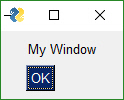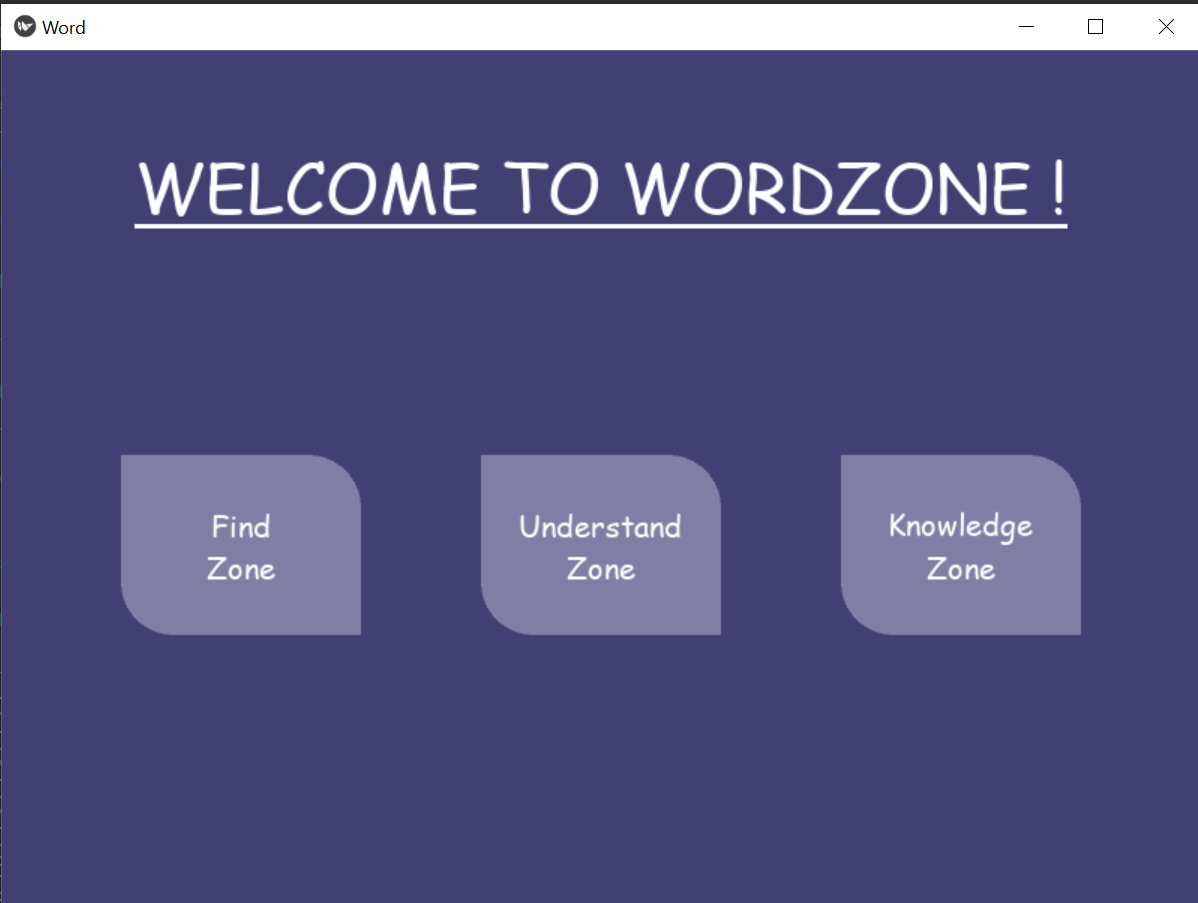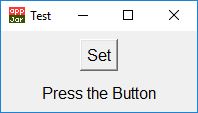There's three things you could do:
The first thing is to find a GUI Designer that can launch its code as standalone applications like .exe files. I use a version of MatDeck (for people using GUI Designers I recommend MD Python Designer) as I believe(I use another version so I'm not too sure.) it allows me to convert the code to a standalone applications and by having it as such, there is no need to install the software on every PC that's going to run the program.
The second option is partially bypassing the problem, launch the GUI as a web page. This would give you the most compatibility as most if not all OS can utilize it. Once again, you would need a GUI Designer that can convert its components into a web compatible format, I've done it once and I used the same version of MatDeck(Visionary Deck), I would not recommend MD Python Designer this time as I don't know if it can turn its GUIs into websites using web assembly whereas Visionary Deck I've tried and tested. As with all things there are most likely other software this is just one I use frequently because I work a lot with Mathematics and Physics.
The third option is also kind of bypassing the problem but do it in Tkinter and just ensure you have a Python IDE or just plain old Python and run the code, this will launch the GUI. This is a good solution and maybe the simplest but I wouldn't class it as the shortest or the best. If you only plan to switch between a few operating systems and computers this will probably be your best bet.



